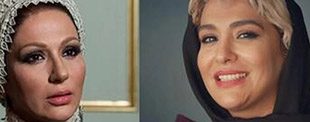The late 1990s brought a turning point. With donations increasing and the need for more comprehensive facilities, MAHAK purchased a 4,400 square meter plot in Tehran’s Darabad district, a serene northern area at the foothills of the Alborz Mountains. The original plan was modest: build a residential complex for families traveling from across Iran to the capital for treatment.
However, the destiny of MAHAK changed when its leadership met a philanthropist who, motivated by his own personal connection to cancer, proposed building a hospital instead. What began as a three-story residence evolved into a six-story, 100-bed hospital, which would later become one of the most advanced pediatric cancer centers in the region. This bold expansion reflected MAHAK’s capacity to adapt and dream bigger for its mission.
Period Three: Strategic Thinking (2002–2006)
As the new millennium began, MAHAK transitioned from a traditional charity model to a systemic, strategic approach. Instead of simply reacting to available donations, MAHAK began to map the real needs of children with cancer and align its fundraising and planning accordingly.
During this period, the efficient use of the hospital became a priority. Policies were introduced to ensure that the facility served not only as a treatment center but also as a hub for research, education, and long-term support. This forward-thinking vision placed MAHAK among the most modern NGOs in Iran.

